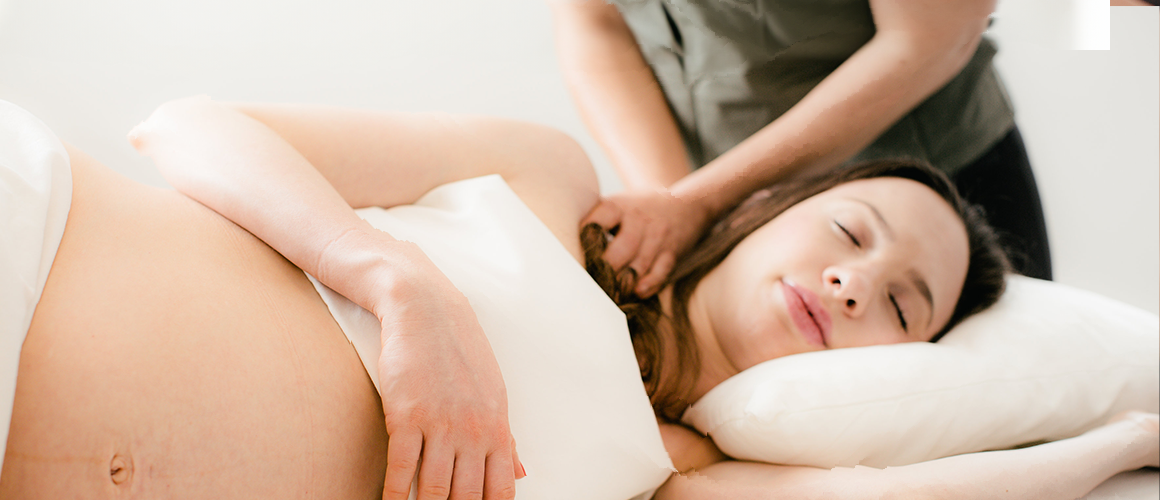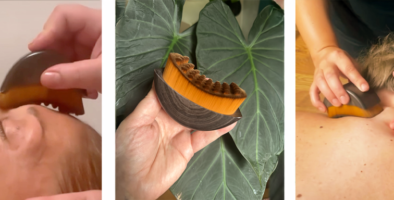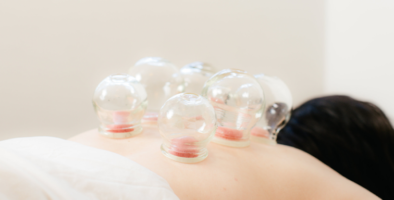What Is A Prenatal Massage?
Find out what to expect during a prenatal massage.
Wherever you are in your pregnancy, you’ll likely have some discomfort. Back pain, swelling, stress, insomnia—they’re all par for the course. You might consider a prenatal massage if you’re experiencing any of these common aches and pains. A trained prenatal massage therapist can help you relax, improve your circulation, reduce muscle tension, and make you feel as comfortable as possible.
The Difference Between a Prenatal Massage and a Regular Massage
Prenatal and standard massages vary in technique, position, and focus areas, though they’re ultimately not that different. The therapist will use gentle techniques specially tailored to your pregnant body. They’ll focus on your lower back, hips, and legs to alleviate tension and swelling. Like a regular massage, your massage therapist can do deep tissue work. If you’ve heard the myth that deep tissue work is unsafe, know that it’s only contraindicated and avoided in specific areas of the body during specific stages of pregnancy—typically first and third trimester. Your trained massage therapist will guide you through it.
How you’re positioned depends on how far along you are in your pregnancy, how much you’re showing, and your particular preferences and comfort levels. Generally, face down is possible if you’re not showing much yet and are comfortable in that position. Your therapist can also support your body with pillows and pregnancy cushions. If your belly’s too big for face down, side lying is the recommended position, but you can also lie face up in a semi-reclined position. You can also be repositioned a few times in one session depending on your goals. It all comes down to what you’re comfortable with and what your massage therapist recommends for your body.
When to Get a Prenatal Massage
Prenatal massage is safe during the first, second, and third trimesters. Despite some conflicting information, it’s generally considered safe throughout pregnancy. While there’s no evidence suggesting that massage is dangerous during the first trimester, some massage therapists choose not to treat pregnant women during this period to avoid potential liability, as miscarriages are more common in the first trimester regardless of massage.
Prenatal Massage Benefits
Prenatal massage has numerous benefits. It can reduce swelling (edema) in your legs and feet, alleviate lower back and hip pain, improve circulation, and reduce muscle tension. All of this will help you feel relaxed and reduce stress. After a prenatal massage, you might sleep better.
Why is it important to go to a prenatal massage specialist?
Prenatal massage requires specialized knowledge, so you shouldn’t go to just anyone. Prenatal massage therapists train to understand pregnant women’s unique needs and use appropriate techniques and positions for ultimate comfort and safety. They know how to adjust their treatment techniques to provide an effective and safe massage while avoiding any contraindicated regions of the body.
How often should you get a prenatal massage?
How frequently you get prenatal massages depends on your needs. You can get a massage at least once a month early in your pregnancy. As pregnancy progresses into the third trimester, massage frequency can increase to every 2-3 weeks or even weekly. Just be sure your healthcare provider approves.
Visit our appointments page to book your prenatal massage.




